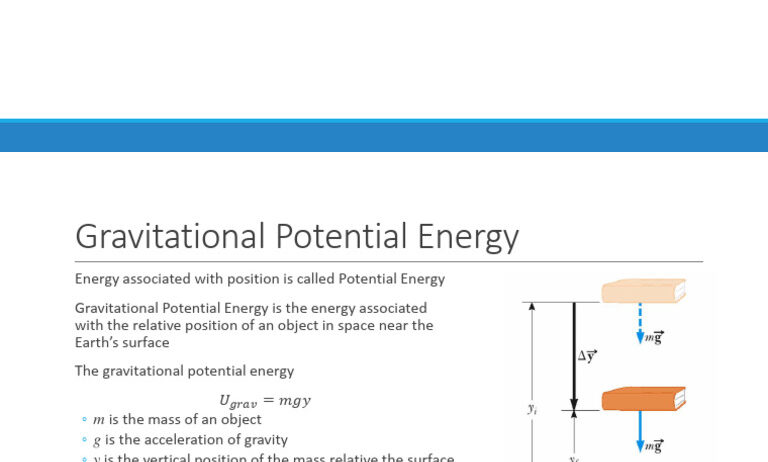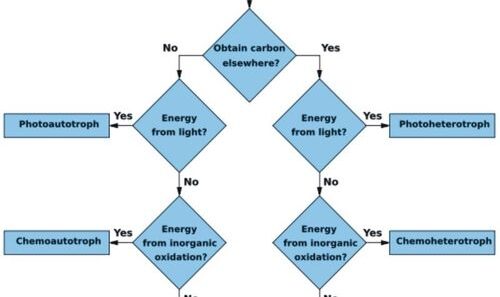The concept of electric potential and its relationship with energy conservation looms large in the realm of physics, revealing intricate truths underlying our understanding of energy in electrical systems. At its core, electric potential refers to the potential energy per unit charge at a specific point in an electric field. This notion fosters a dialogue about voltage, a term frequently encountered but often misunderstood beyond its rudimentary definition. As we delve deeper, we unlock a narrative that bridges electric potential with energy conservation, a synergy that underpins myriad natural and engineered systems.
To embark on this exploration, we must first establish a foundational understanding of electric potential. Simply put, it quantifies the work done to move a charge from an infinite distance to a specific point in an electric field, without any acceleration. This work, expressed in joules per coulomb, or volts, encapsulates the potential energy associated with a charged object at that location. Whenever an electric field is present, it influences the motion of charged particles, manifesting as an interplay between potential and kinetic energy. Thus, electric potential becomes a pivotal player in the broader narrative of energy conservation.
Conservation of energy is a universal principle stating that energy cannot be created or destroyed; it can merely change forms. This principle manifests vividly in electrical systems, where electric potential energy can convert into kinetic energy, and vice versa, while always adhering to this immutable law. Standing at the intersection of these two concepts, electric potential directly influences the behavior of electric charges and dictates how energy transforms and transfers throughout a given system.
The transformative journey of energy often reveals tangible phenomena. For example, consider the motion of electrons through a conductive material, like copper wire. As an electric potential (or voltage) is applied across the conductor, an electric field emerges, compelling electrons to drift. This drift signifies the conversion of electric potential energy into kinetic energy. Thus, while the electrons traverse the wire, they carry energy in its kinetic form, ready for utilization, such as lighting up a bulb or powering a device.
As voltage permeates through circuits, it triggers a series of energy transformations that reverberate across various applications. In electrical power generation, voltage generated through electromagnetic induction encapsulates a critical transformation of mechanical energy. A prime example is hydroelectric power plants, where potential energy stored in elevated water is harnessed. As water descends due to gravity, this potential energy transforms into kinetic energy, which spins turbines that generate electricity—illustrating yet another dimension of electric potential and energy conservation.
Voltage not only governs the immediate movement of charges but also serves as a linchpin for energy distribution systems. In high-voltage transmission lines, electric potential enables efficient energy transfer over long distances. By elevating the voltage, energy losses due to resistance are minimized, ensuring that more power reaches its intended destination. This nuance exemplifies how a sophisticated understanding of electric potential and energy conservation can facilitate a more sustainable approach to energy use, reinforcing the imperative of efficiency in our energy infrastructure.
Moreover, the interplay between electric potential and conservation of energy does not solely benefit large-scale systems; it extends to renewable energy technologies as well. Solar panels, for instance, convert sunlight into electric potential energy by exciting electrons in photovoltaic cells. This process underscores the importance of voltage as it permits the stored energy in solar cells to be harnessed effectively. The resulting electricity can then be utilized, stored, or directed back into the grid, underlining the crucial role that understanding voltage plays in modern energy solutions.
The implications of electric potential in energy conservation also extend to battery systems, where stored energy is released through controlled voltage. In rechargeable batteries, electrochemical reactions dictate the conversion of chemical energy into electrical energy, aligning seamlessly with the law of energy conservation. Batteries store voltage, which makes energy accessible on-demand, illuminating the way we interact with technology in our daily lives—from our smartphones to electric vehicles.
In the context of electric potential and energy conservation, one must also consider the importance of energy efficiency. As we navigate conversations around climate change and sustainability, electricity consumption figures centrally. By maximally exploiting voltage to reduce energy loss and enhancing the efficiency of energy conversion processes, we can mitigate our carbon footprint. Reimagining energy systems through this lens promises advancements in sustainability, promoting innovations in technology and an aspiration for a greener future.
In summary, electric potential serves as a linchpin in the fabric of energy conservation, guiding transformations, and facilitating energy flow across various domains. The intimate relationship shared between voltage and conservation of energy beckons a deeper understanding—not merely for the scientific community, but for society at large. A commitment to examining these principles fosters a transformative lens through which we can innovate, adapt, and mitigate our impact on the environment. As such, it is imperative to cultivate knowledge in these areas, for they hold the key to a sustainable future, intricately woven within the tapestry of our electrical systems.







